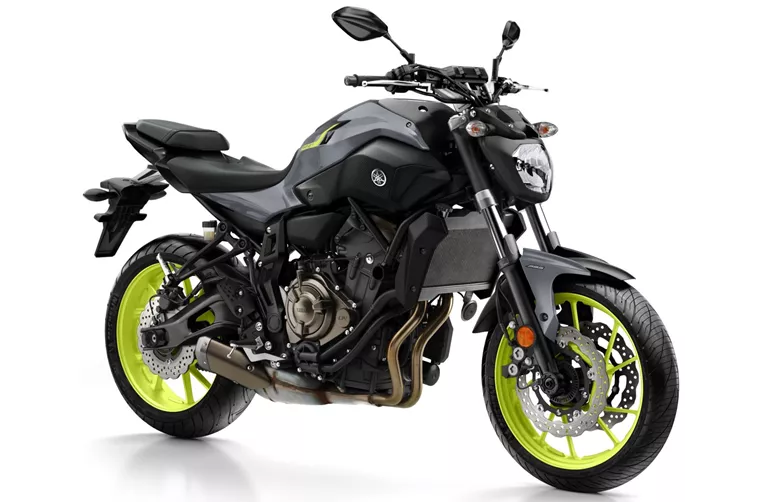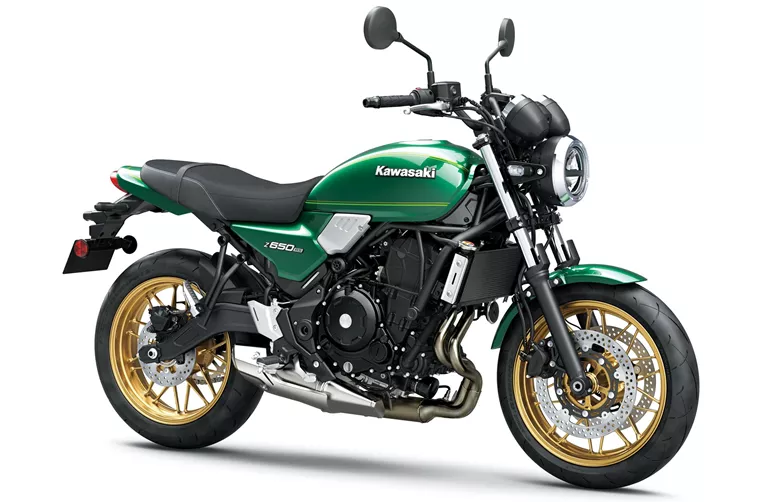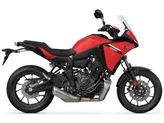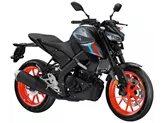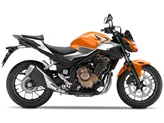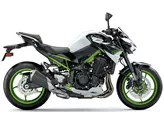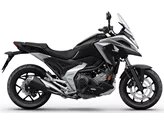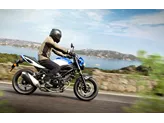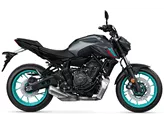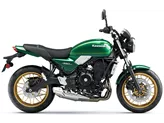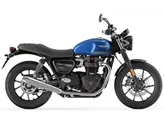Yamaha MT-07 2017 vs. Kawasaki Z650 RS 2022

Yamaha MT-07 2017
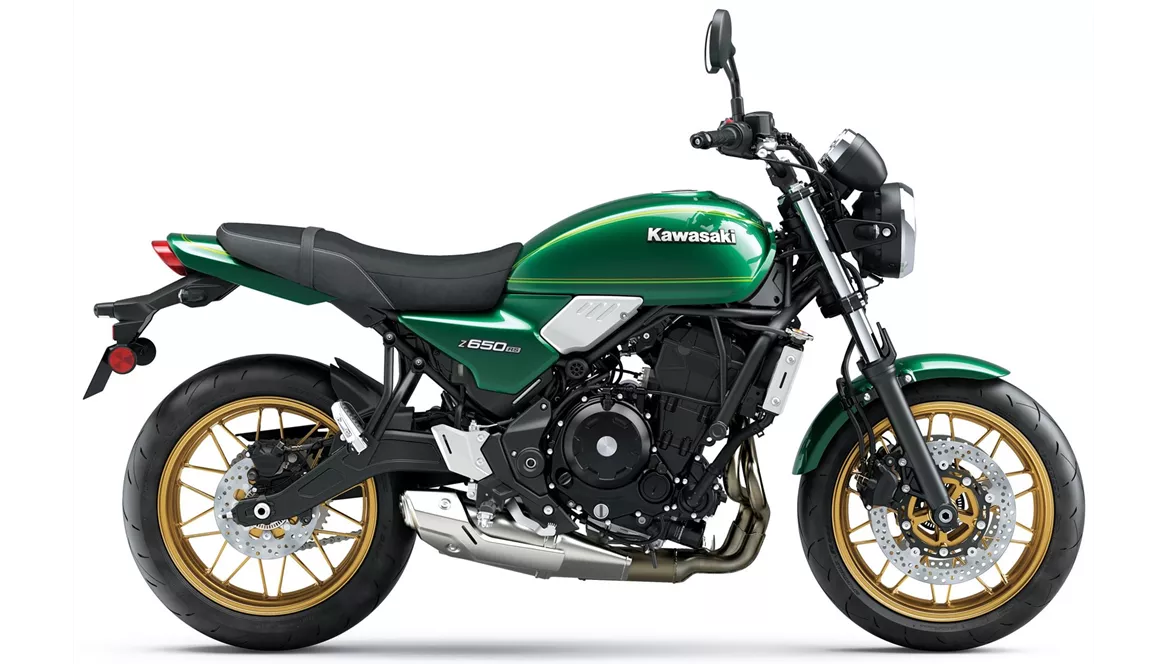
Kawasaki Z650 RS 2022
Overview - Yamaha MT-07 2017 vs Kawasaki Z650 RS 2022
The Yamaha MT-07 2017 and the Kawasaki Z650 RS 2022 are both naked bikes with similar technical specifications. Both bikes have in-line engines with liquid cooling and a displacement of around 650cc. They also have double disk front brakes and telescopic fork front suspensions. However, there are some notable differences between the two models.
In terms of engine power, the Yamaha MT-07 2017 has a slight advantage with 75 HP compared to the Kawasaki Z650 RS 2022's 68.2 HP. The Yamaha also has a higher torque of 68 Nm compared to the Kawasaki's 65.7 Nm. These differences may not be significant, but they could affect the overall performance and acceleration of the bikes.
In terms of chassis, both bikes have steel frames, which provide stability and durability. However, the Yamaha MT-07 2017 has been criticized for having a chassis that is too soft, which could affect the handling and stability of the bike. On the other hand, the Kawasaki Z650 RS 2022 has been praised for its accessible handling and comfortable ergonomics, making it a more user-friendly option.
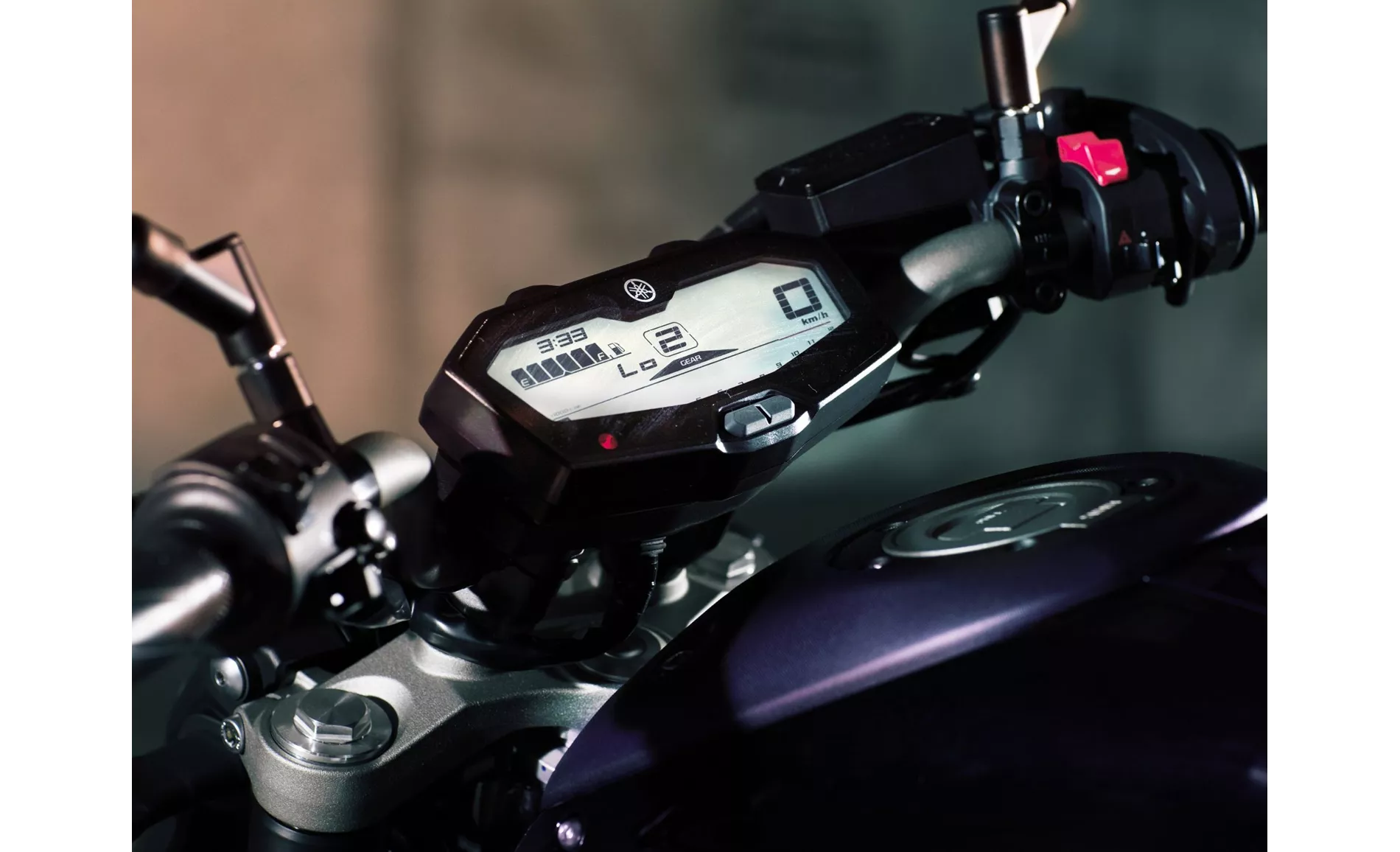
Yamaha MT-07 2017
In terms of dimensions and weights, the two bikes are quite similar. They both have 17-inch front and rear tires, with the Yamaha having a slightly wider rear tire at 180 mm compared to the Kawasaki's 160 mm. The wheelbase of the Kawasaki is slightly longer at 1410 mm compared to the Yamaha's 1400 mm. The seat height of the Kawasaki is also higher at 820 mm compared to the Yamaha's 805 mm. These differences in dimensions could affect the overall feel and maneuverability of the bikes.
In terms of weight, the Kawasaki Z650 RS 2022 is slightly heavier than the Yamaha MT-07 2017. The Kawasaki has a kerb weight of 185 kg, while the Yamaha weighs 179 kg. The difference in weight may not be significant, but it could affect the bike's agility and responsiveness.
In terms of fuel tank capacity, the Kawasaki Z650 RS 2022 has a slightly larger tank with a capacity of 15 liters compared to the Yamaha MT-07 2017's 14 liters. This could give the Kawasaki a slight advantage in terms of range and fuel efficiency.
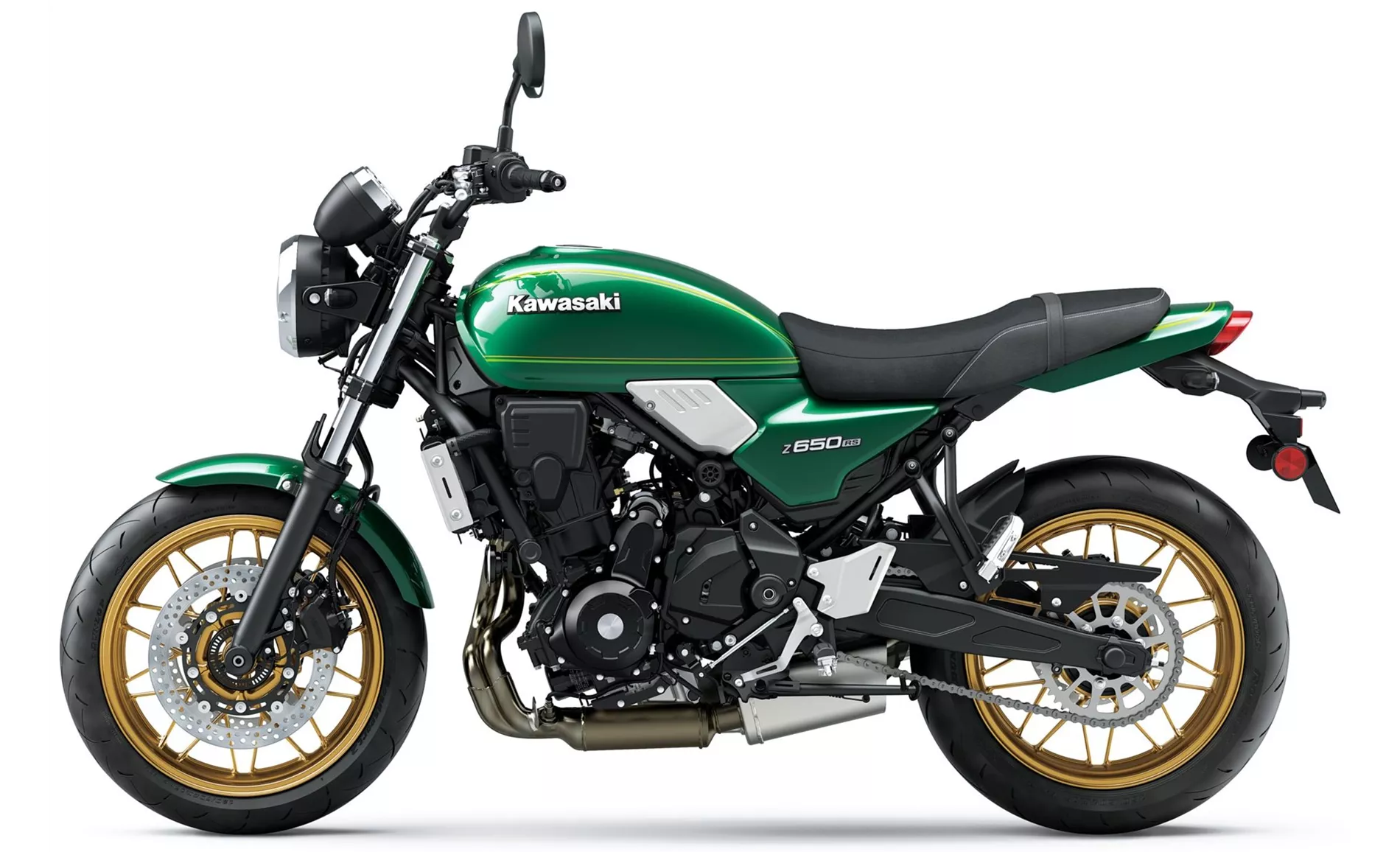
Kawasaki Z650 RS 2022
When it comes to strengths, the Yamaha MT-07 2017 is praised for its great motor, easy-to-read display, and low price. On the other hand, the Kawasaki Z650 RS 2022 is praised for its perfectly realized retro design, analogue displays, lively engine, accessible handling, powerful brakes, comfortable ergonomics, adjustable levers, and being a real eye-catcher. These strengths make the Kawasaki a more visually appealing and comfortable option.
In terms of weaknesses, the Yamaha MT-07 2017 has been criticized for having a chassis that is too soft, which could affect the bike's stability and handling. On the other hand, the Kawasaki Z650 RS 2022 has been noted to have a slightly softer sound, which could be a drawback for riders looking for a more aggressive and powerful exhaust note.
Overall, both the Yamaha MT-07 2017 and the Kawasaki Z650 RS 2022 are solid naked bikes with their own strengths and weaknesses. The Yamaha offers a great motor and a low price, while the Kawasaki stands out with its retro design, comfortable ergonomics, and eye-catching appearance. Ultimately, the choice between the two will depend on the rider's preferences and priorities.
Technical Specifications Yamaha MT-07 2017 compared to Kawasaki Z650 RS 2022
Pros and Cons in comparison
Pros and Cons in comparison
Yamaha MT-07 2017
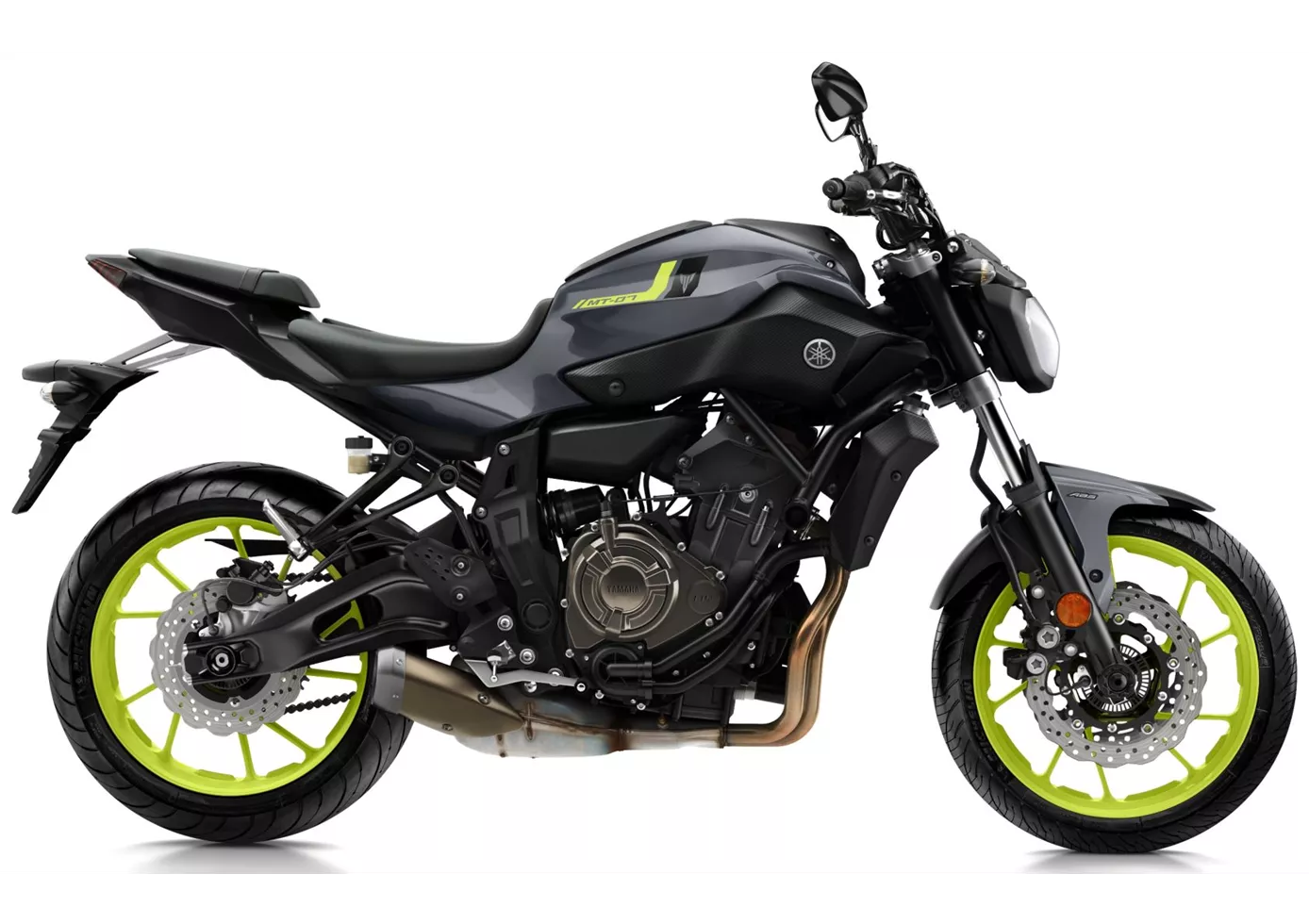
Even after three years, the Yamaha MT-07 is still a public favourite. No one else beats such a price-performance ratio. The two-cylinder engine is powerful, but can be dosed very gently at low revs. The display is also one of the best in this class, with good readability. Only the chassis is disappointing. In a sporty riding style, it is simply too soft, which can cause the MT-07 to sway.
Kawasaki Z650 RS 2022
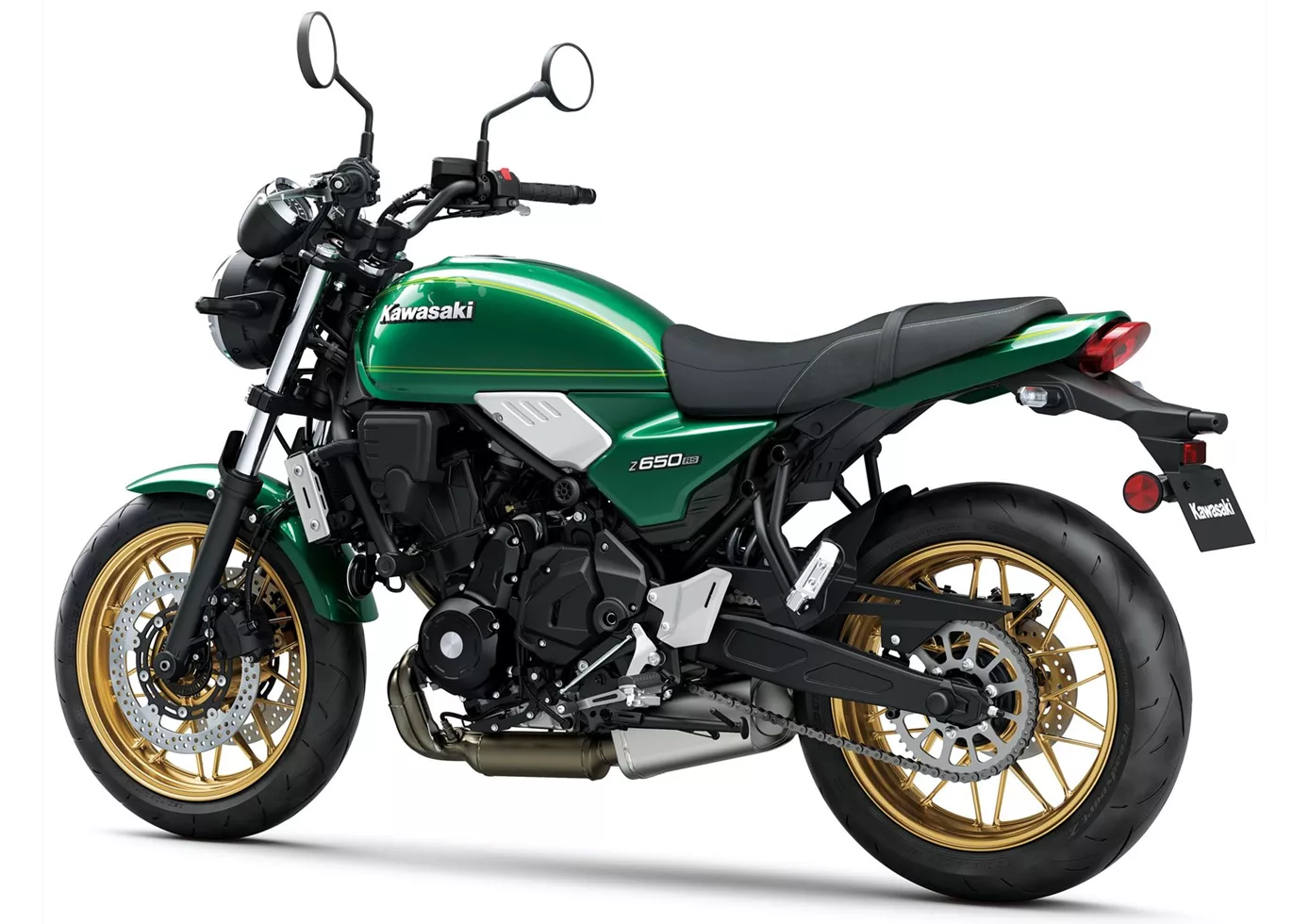
With the RS, Kawasaki proves that it has mastered the art of retro bikes. You immediately forget that underneath the pretty dress is the normal Z650, because thanks to the right details, the retro design has been convincingly implemented. In the saddle, you enjoy the accessibility that you know from the technical sister. A retro bike that both beginners and experienced bikers will really enjoy!
Price Comparison Avarage Market Price Yamaha MT-07 vs Kawasaki Z650 RS
There are a few key differences between a Yamaha MT-07 2017 and a Kawasaki Z650 RS 2022. In terms of price, the actual average price of a Kawasaki Z650 RS 2022 is about 20% higher. A Yamaha MT-07 2017 experiences a loss of 240 USD in one year of ownership. This is offset by a loss of 300 USD for a Kawasaki Z650 RS 2022. Compared to Kawasaki Z650 RS 2022 there are less Yamaha MT-07 2017 bikes available on the 1000PS.de Marketplace, specifically 20 compared to 34. It takes less time to sell a Yamaha MT-07 with 83 days compared to 146 days for a Kawasaki Z650 RS. Since model year 2013 1000PS.de editors have written 69 reviews for the Yamaha MT-07 and 12 reviews for the Kawasaki Z650 RS since model year 2022. The first review for the Yamaha MT-07 was published on 11/4/2013 and now has more than 12,600 views. This compares to more than 39,300 views for the first review on Kawasaki Z650 RS published on 9/27/2021.
